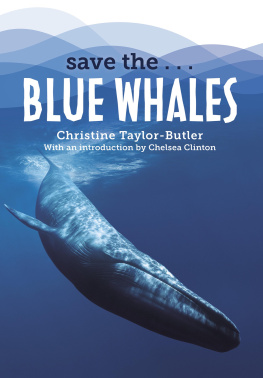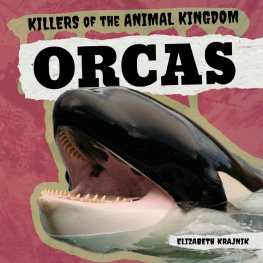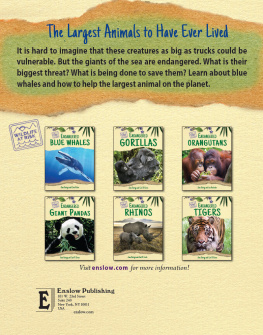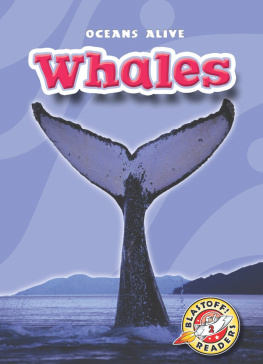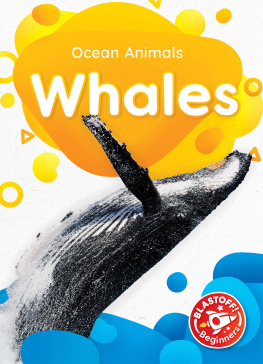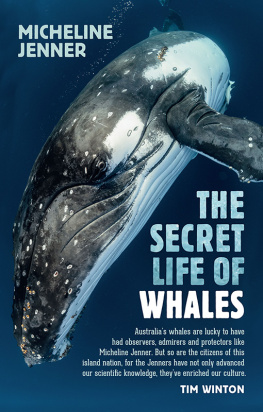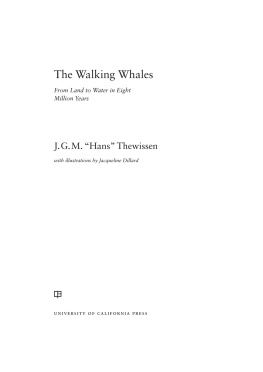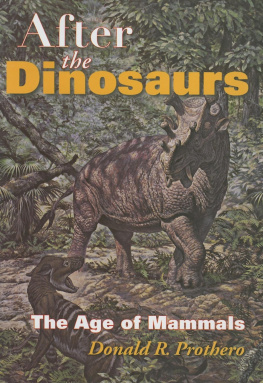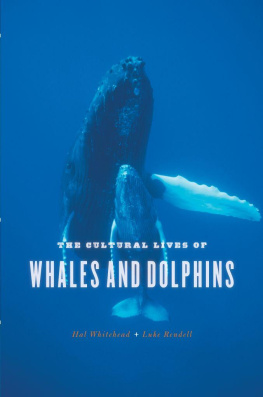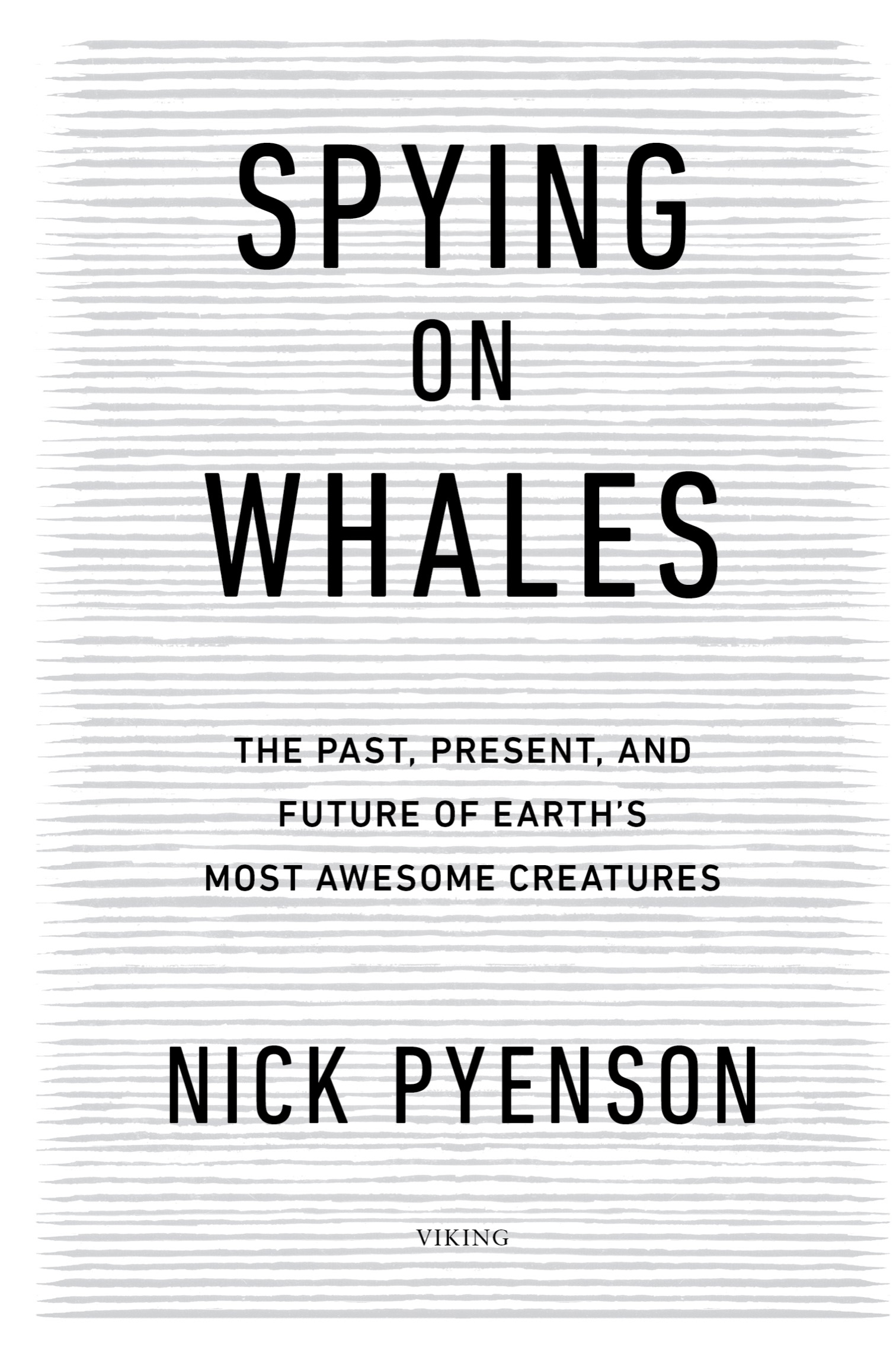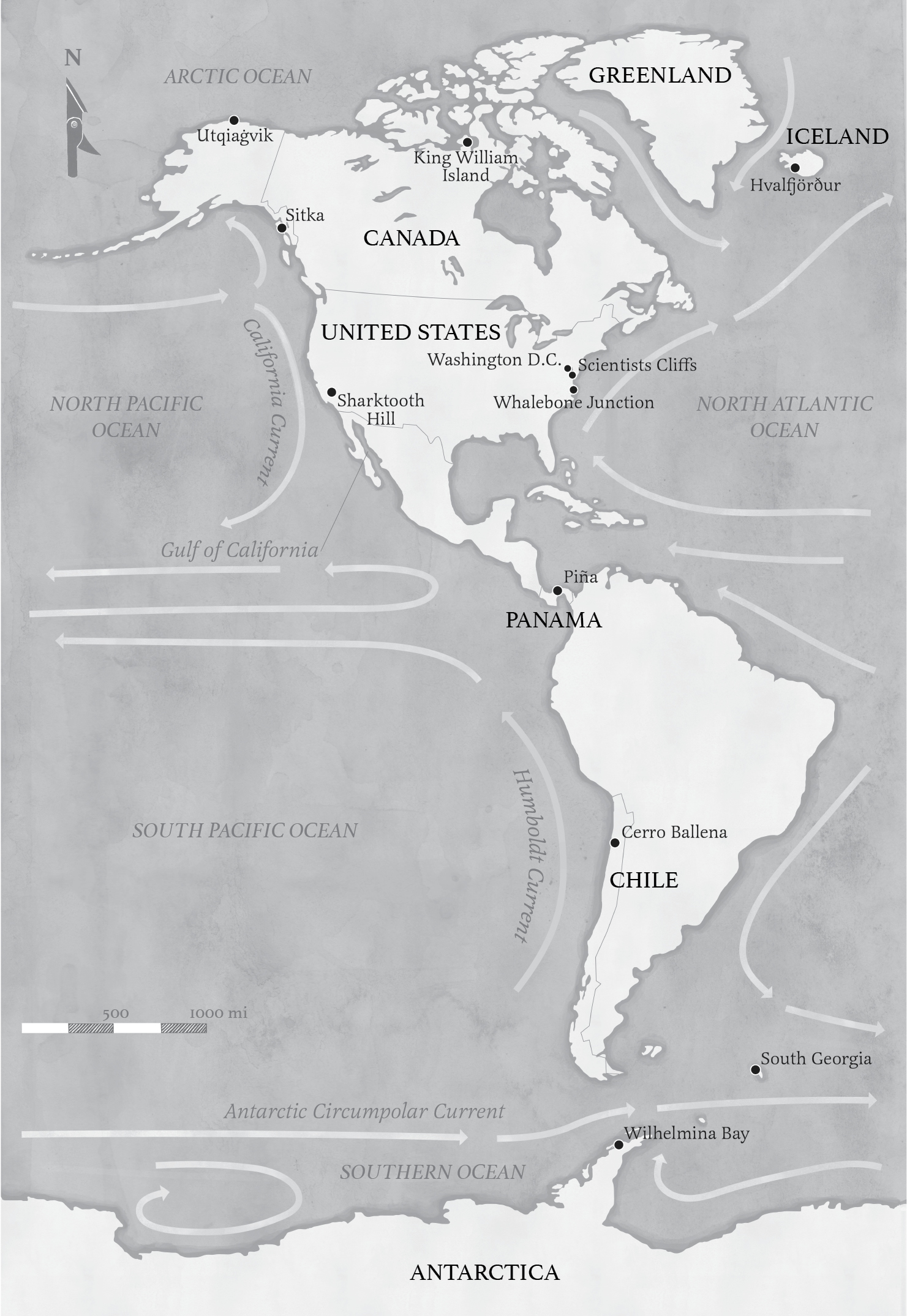VIKING
An imprint of Penguin Random House LLC
375 Hudson Street
New York, New York 10014
penguin.com
Copyright 2018 by Smithsonian Institution
Penguin supports copyright. Copyright fuels creativity, encourages diverse voices, promotes free speech, and creates a vibrant culture. Thank you for buying an authorized edition of this book and for complying with copyright laws by not reproducing, scanning, or distributing any part of it in any form without permission. You are supporting writers and allowing Penguin to continue to publish books for every reader.
Illustrations by Alex Boersma. Illustrations 2017 Alex Boersma
Library of Congress Cataloging-in-Publication Data
Names: Pyenson, Nick, author.
Title: Spying on whales : the past, present, and future of earth's most awesome creatures / Nick Pyenson.
Description: New York, New York : Viking, [2018] | Includes bibliographical references and index.
Identifiers: LCCN 2018022535 (print) | LCCN 2018023175 (ebook) | ISBN 9780735224575 (ebook) | ISBN 9780735224568 (hardcover)
Subjects: LCSH: Whales.
Classification: LCC QL737.C4 (ebook) | LCC QL737.C4 P94 2018 (print) | DDC 599.5--dc23
LC record available at https://lccn.loc.gov/2018022535
Version_1
Every author writes with a very specific reader in mind.
I wrote this book for you.
And for my family.
What have we been doing all these centuries but trying to call God back to the mountain, or, failing that, raise a peep out of anything that isnt us? What is the difference between a cathedral and a physics lab? Are not they both saying: Hello? We spy on whales and on interstellar radio objects; we starve ourselves and pray till were blue.
Annie Dillard, Teaching a Stone to Talk
For the animal shall not be measured by man. In a world older and more complete than ours, they move finished and complete, gifted with the extension of the senses we have lost or never attained, living by voices we shall never hear. They are not brethren, they are not underlings: they are other nations, caught with ourselves in the net of life and time, fellow prisoners of the splendour and travail of the earth.
Henry Beston, The Outermost House

PROLOGUE

At this very moment, two spacecraft move at over thirty-four thousand miles per hour, about ten billon miles away from us, each carrying a gold-plated copper record. The spacecraft, Voyager 1 and Voyager 2, are meant as messengers: they carry information about our address in the solar system, the building blocks of our scientific knowledge, and a small sampling of images, music, and greetings from around the world. They also carry whalesong.
The long squeaks and moans on the record belong to humpback whales. In the 1970s, when the Voyager mission launched, our view of whales was rapidly changing, from game animals to cultural icons and symbols of a nascent environmental movement. Scientists had recently discovered that male humpbacks produce complex songs, composed of phrases collected under broader themes, nested like Russian dolls that repeat in a loop. Humpback whalesong has evolved even since we started listening as each new singer improvises on the loop, creating new structures and hierarchies that constantly change over years, and across ocean basins.
Whalesong, however, remains a riddle to anyone who isnt a humpback whale. We can capture its variation, details, and complexity, but we dont know what any of it truly means. We lack the requisite context to decipher and understand itor, really, any part of cetacean culture. Even so, we send whalesong into interstellar space because the creatures that sing these songs are superlative beings that fill us with awe, terror, and affection. We have hunted them for thousands of years and scratched them into our mythologies and iconography. Their bones frame the archways of medieval castles. Theyre so compelling that we imagine aliens might find them interestingor perhaps understand their otherworldly, ethereal song.
In the meantime, whales here on Earth remain mysterious. They live 99 percent of their lives underwater, far away from continuous contact with people and beyond most of our observational tools. We tend to think about them only when we glimpse them from the safety of a boat, or when they wash up along our shores. They also have an evolutionary past that is surprising and incompletely known. For instance, they havent always been in the water. They descend from ancestors that lived on land, more than fifty million years ago. Since then, they transformed from four-limbed riverbank dwellers to ocean-going leviathans, in a chronicle we can read only from their fossil record, a puzzle of bone shards unevenly spread across the globe.
The little we have learned about whales leaves us unsatisfied because the scales of their lives and facts of their bodies are endlessly fascinating. They are the biggest animals on Earth, ever. Some can live more than twice as long as we do. Their migrations take them across entire oceans. Some whales pursue prey with a filter on the roof of their mouth, while others evolved the ability to navigate an abyss with sound. And then they speak to one another with impenetrable languages. All the while, in the short clip of our own history, weve moved from heedlessly hunting them to an awareness that they have culture, just as we do, and that our actions, both direct and indirect, put their fate in jeopardy.
A paleontologist is a good tour guide for what we know about whales, not just because their evolutionary history is profoundly interesting. Its because we, as paleontologists, are used to asking questions without having all of the facts. Sometimes were losing facts: fossils removed from their medium lose clues of context; promising bonebeds are razed to make room for roadways; or bones lay misidentified in a museum drawer. When faced with these challenges, paleontologists turn to inference, drawing on many different lines of evidence to understand processes and causes that we cannot directly see or studythe same approach used by any detective, really. In other words, thinking like a detective is a useful approach to confront the mysteries posed by the past, present, and future of whales.
This book is not a synoptic, comprehensive account of every different species of whalethere are far too many whales to fit into anything shorter than an encyclopedia. Instead, this book presents a selective account, a kind of travelogue to chasing whales, both living and extinct. I describe my experiences from Antarctica to the deserts in Chile, to the tropical coastlines of Panama, to the waters off Iceland and Alaska, using a wide variety of devices and tools to study whales: suction-cupped tags that cling to their backs; knives to dissect skin and blubber from muscles and nerves; and hammers to scrape and whack away rock that obscures gleaming, fossilized bone.


